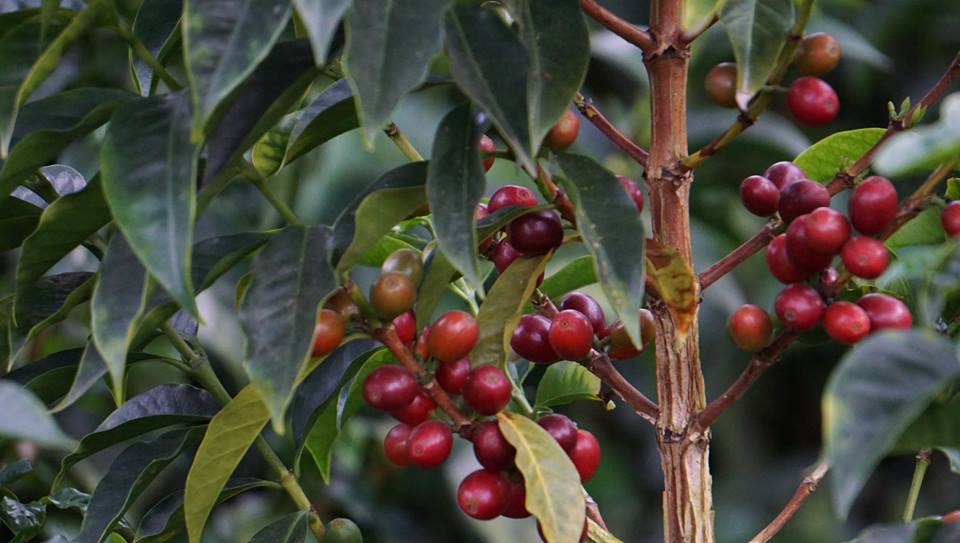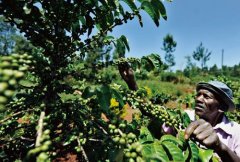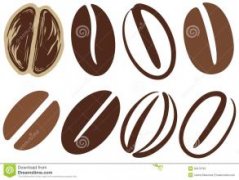Coffee life: how do you drink coffee? who invented it? who is Melotta?
Coffee played an increasingly prominent role in Europe in the 13th century. In 1980, MelittaBentz, a housewife in Dresden, was tired of drinking those bitter ground coffee every day, so she tore a piece of blotting paper from her son's notebook and drilled a few holes in the brass pot, which is known today as filter coffee. She applied for a patent for the equipment and achieved great success. Today, the Melitta coffee company is still doing well, and most of the hand-made products sold are still in the most primitive design.

If Merlot represents the development of German hand-made coffee, then Hario deserves to be the representative of Japan. For a long time after my honeymoon, it was because of Harrio's gooseneck hand punching pot (released in 2009), ceramic eyedropper and pressure paper cone filter that I was able to indulge in the fun of these new companions. They make a lot of coffee for me with superb skill every day, and if they are used properly, they can make the unique coffee in the world. A cup of sweet and sour nutty coffee, and the Jason coffee machine can easily make this itchy taste.
But to be honest, it was the process of making coffee by hand that made me enjoy it. The process seems to be a tactile ceremony. In this process, I need to concentrate on weighing coffee beans, carefully grinding, adjusting the water temperature, and controlling the amount of water added. It is not possible to make hand-brewed coffee with a random drop. With a little skill and a touch of elegance, the taste buds keep trying and running-in, and finally make a satisfactory cup of coffee.
I like to add an ounce of boiled water first, which triggers a chemical reaction to extract the water-soluble aroma from the coffee. This is a test of my agility. If I operate properly at the freshest moment of the coffee beans, I will harvest the most fragrant flowers. A moment later I injected more water and watered it in a circle, forming a whirlpool in the conical cup and giving off an intoxicating aroma. I need to keep my wrists relaxed, and if I move too fast or too stiff, it's like stirring a caffeine whirlpool in a dark coffee lake. But I think both of these methods are feasible. This dark coffee lake is the basic bottom line, which perfectly sets off the sparkle of other coffees.
That little guy from Jason's family gave me an automated life, but it also stole the pleasure of designing "chemical experiments"-every coffee bubble, every spin, every trickle, reminding me not to be so bleary-eyed in the morning, every corner of the world is brimming with amazing vitality. Sometimes, for both of us, proper ambiguity is necessary.
Important Notice :
前街咖啡 FrontStreet Coffee has moved to new addredd:
FrontStreet Coffee Address: 315,Donghua East Road,GuangZhou
Tel:020 38364473
- Prev

Can coffee trees planted in shade grow their own coffee beans?
Health and quality go hand in hand, says Byron Holcomb, a coffee farmer from Brazil. He deliberately grows coffee in the sun, and healthy coffee is more likely to get good quality. From a botanical point of view, coffee is a kind of lower shrub vegetation, which naturally needs to grow under taller trees, and such trees are the so-called shade plants for coffee.
- Next

How to brew light roasted coffee beans? what are the shallow roasted beans?
Increasing the ratio of powder to water is the first key. Take off at 1:20, which is called light bubble. Using a thicker scale, Big Flying Eagle and small Fuji suggest about 4.50-5.5. then the beans with high water temperature and 96-92 very light baking have low weight loss, which also means that in the baking process, the contents of the beans themselves are preserved more, once they are brewed at the usual 1:12-1:15 ratio, and the products are produced.
Related
- Beginners will see the "Coffee pull flower" guide!
- What is the difference between ice blog purified milk and ordinary milk coffee?
- Why is the Philippines the largest producer of crops in Liberia?
- For coffee extraction, should the fine powder be retained?
- How does extracted espresso fill pressed powder? How much strength does it take to press the powder?
- How to make jasmine cold extract coffee? Is the jasmine + latte good?
- Will this little toy really make the coffee taste better? How does Lily Drip affect coffee extraction?
- Will the action of slapping the filter cup also affect coffee extraction?
- What's the difference between powder-to-water ratio and powder-to-liquid ratio?
- What is the Ethiopian local species? What does it have to do with Heirloom native species?

